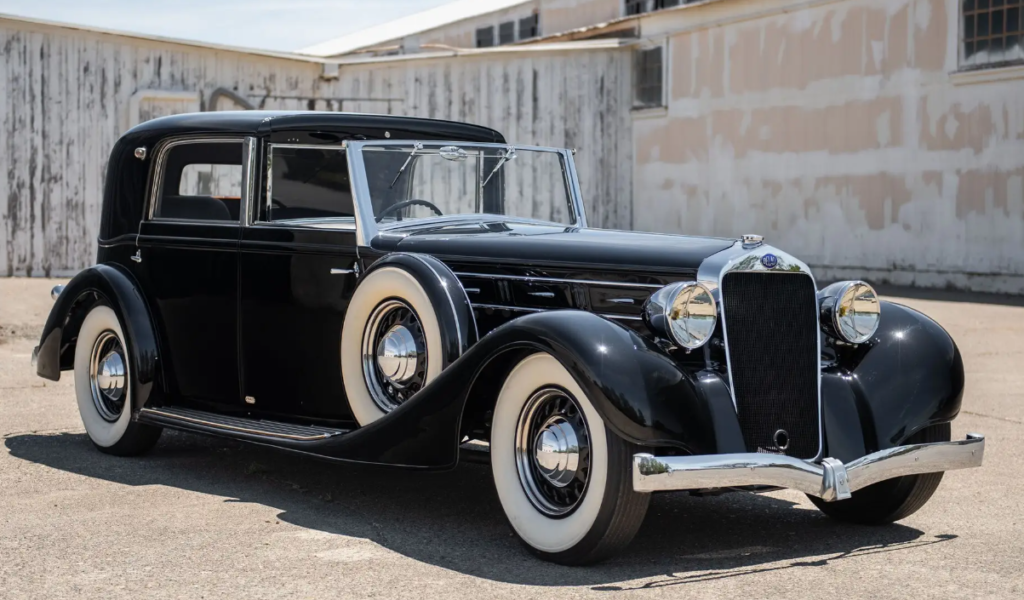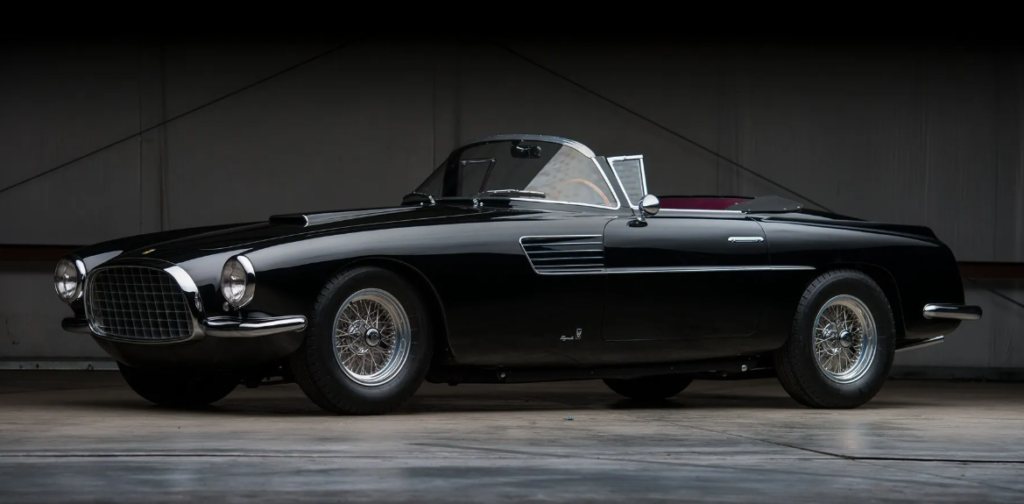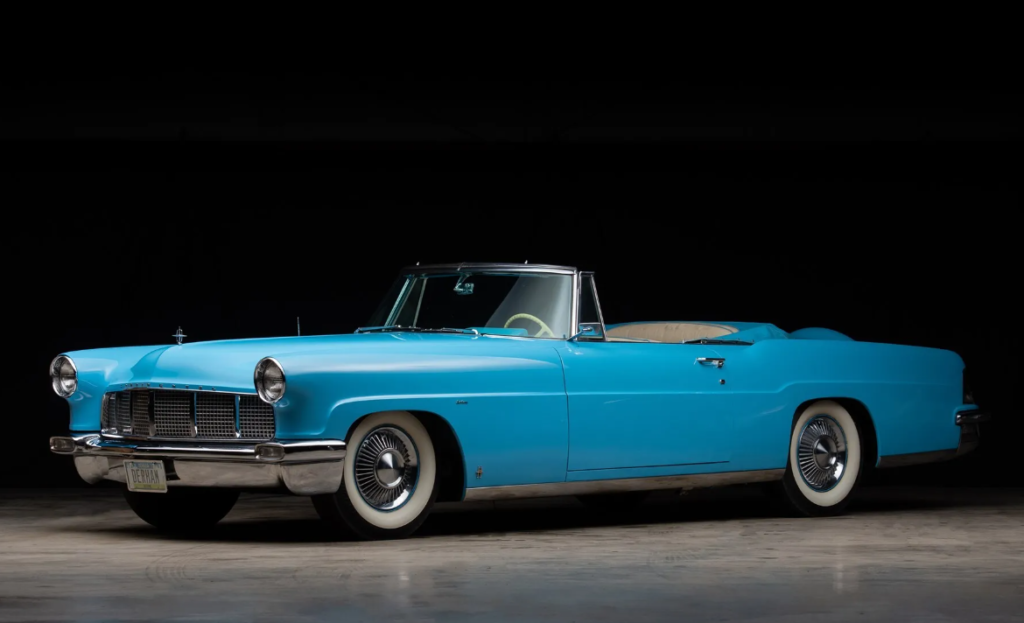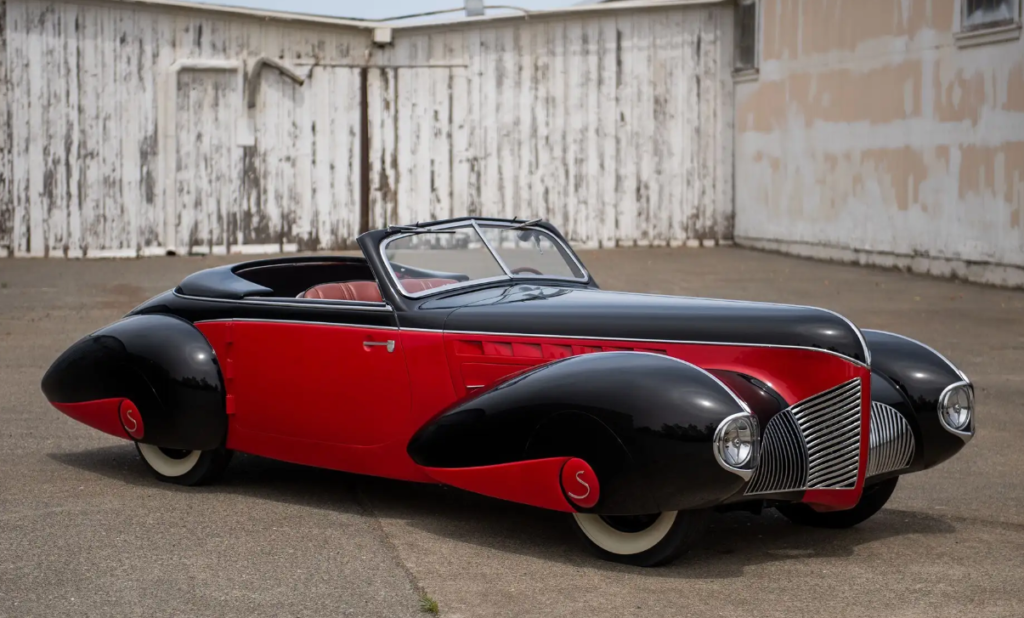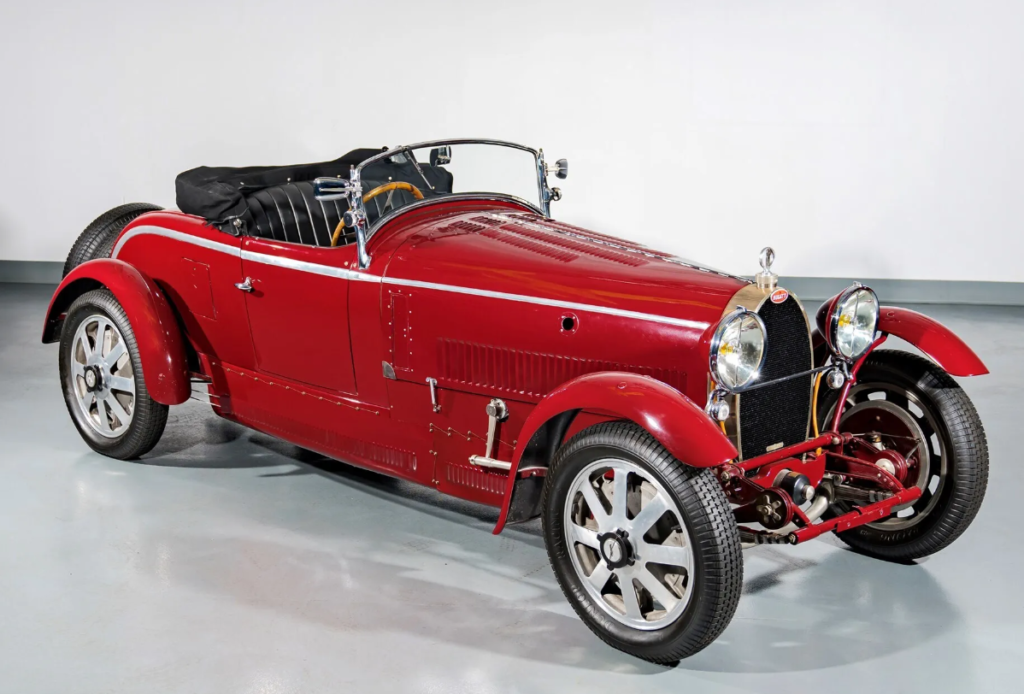1935 Duesenberg Model J Convertible Coupe by Rollston
Offered by RM Sotheby’s | Monterey, California | August 18-20, 2022

It is both kind of disappointing and kind of mind-blowing that seemingly half of Model J Duesenbergs that come up for sale have already been featured on this site. This car is one of two coming out of this collection (this is the other). We haven’t featured this one before because it’s been owned by the same guy since 1967.
The Model J is powered by a 6.9-liter Lycoming straight-eight that made 265 horsepower in naturally aspirated form. This car, a 1935 model, carries one of the later engines built. There were more than a few convertible coupes put on Model J chassis, many of which by Murphy. This car is the only Rollston convertible coupe example built.
But the body wasn’t initially on this chassis, as it was previously fitted to an SJ. It has known ownership history, including time spent in Cuba, and it was purchased by the current owner in 1967, two years after it was restored. Read more about it here.
Update: Sold $4,680,000.

